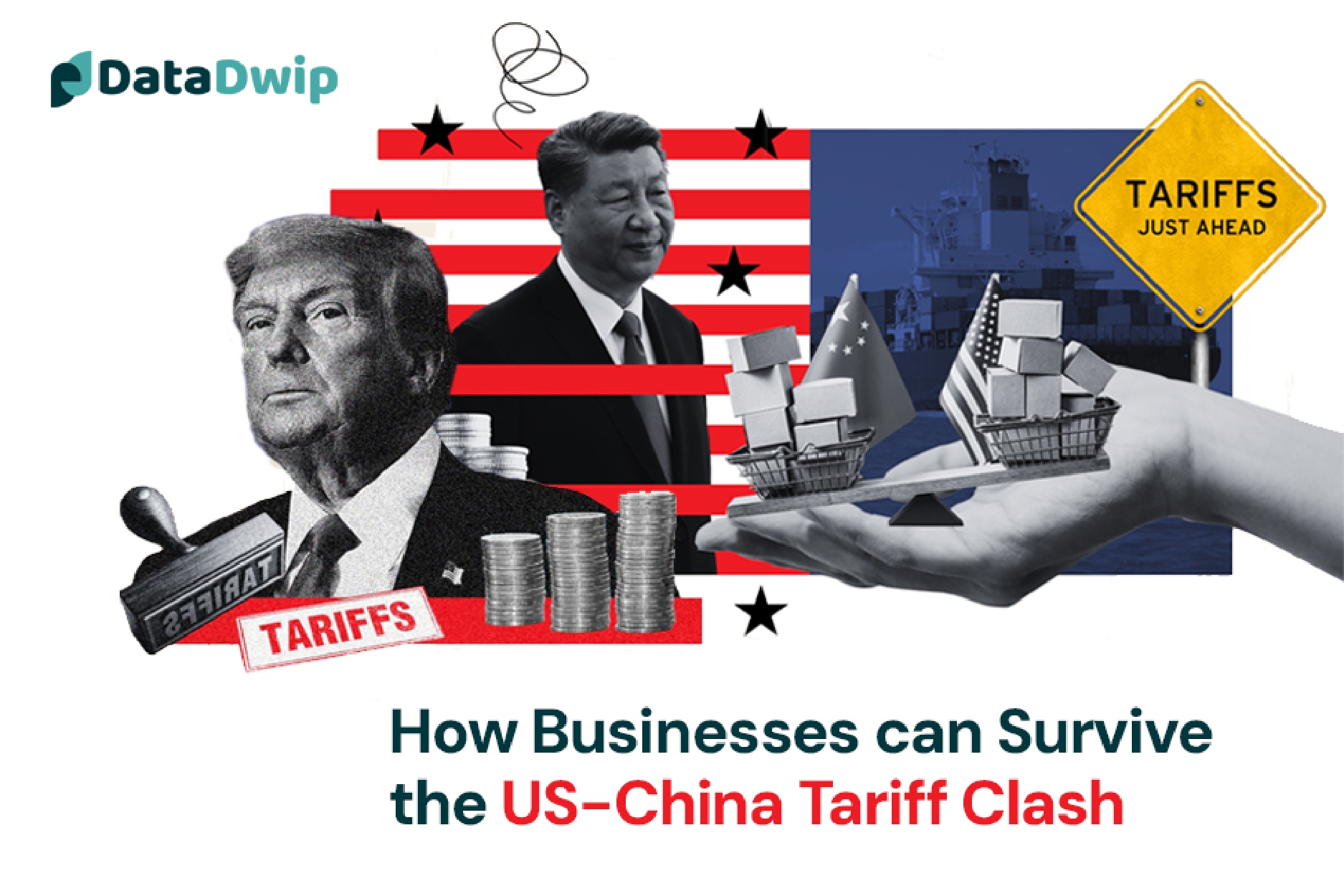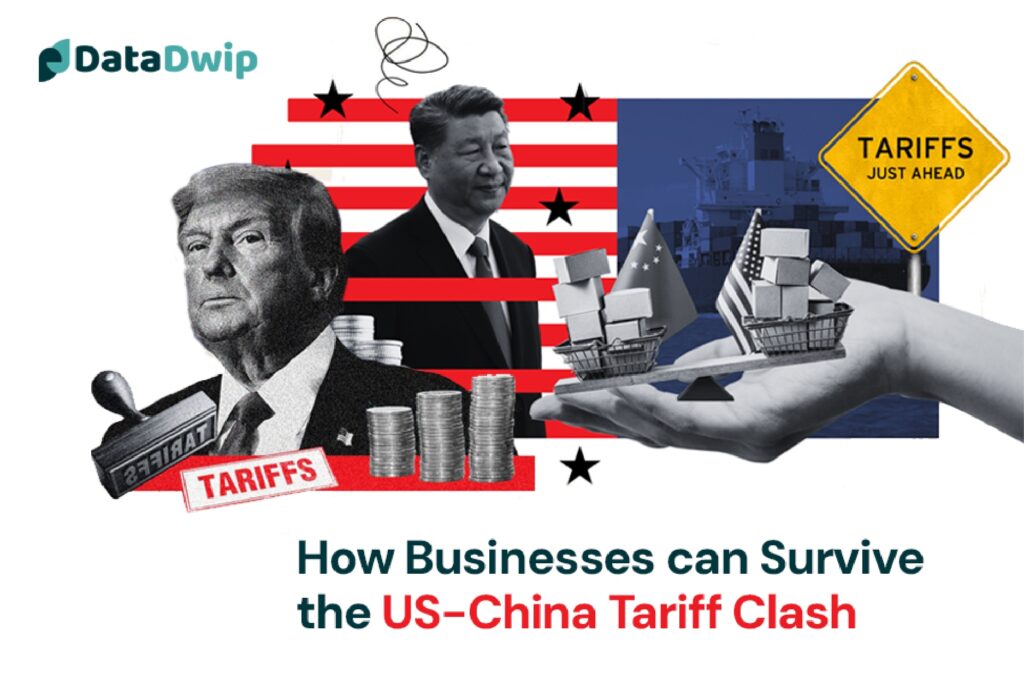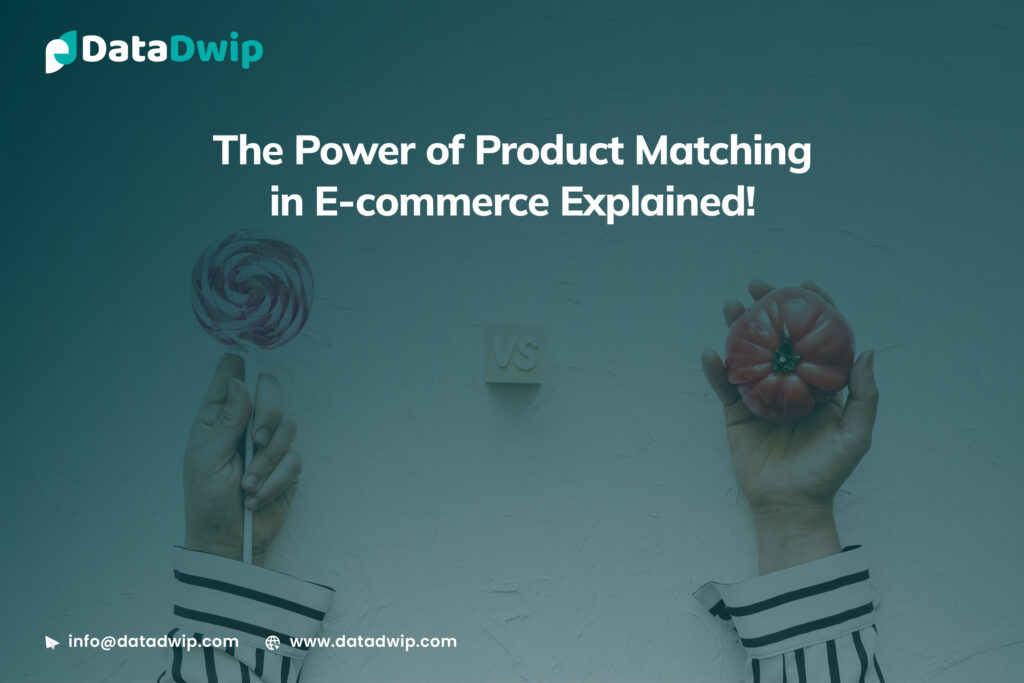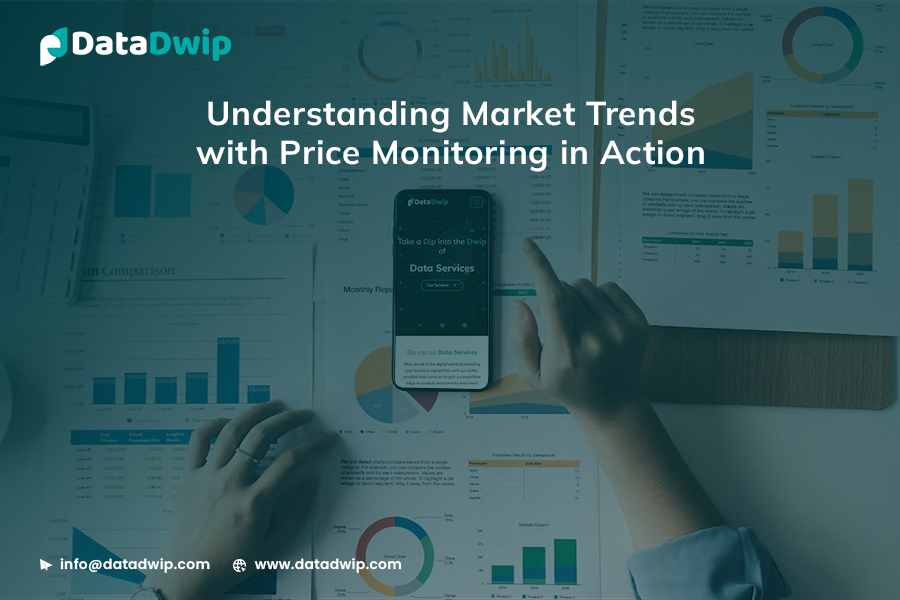The escalating tariff war between the United States and China is sending shockwaves through global trade. With a 34% price hike slapped on US goods entering China and a looming 54% tariff on Chinese exports to the US set to take effect soon, the world’s two largest economies show no signs of backing down. This standoff, detailed in recent reports like Stephen McDonell’s analysis for the BBC, is more than a political flex—it’s a direct hit to businesses, supply chains, and consumers on both sides of the Pacific.
For companies caught in the crossfire, the question isn’t just “What’s happening?” but “What can we do about it?” Here’s a closer look at the situation and practical ways to adapt during this critical time.
What’s Happening with Tariffs?
The latest round of tariffs builds on years of tit-for-tat measures. China’s 34% increase on US imports comes as a response to earlier US tariffs, piling onto existing 10-15% duties that have already squeezed American exporters. Agricultural producers—think chicken, pork, and sorghum farmers—are hit hardest.
Adding 34% to already elevated costs could make their goods too expensive for the Chinese market, a massive loss given China’s appetite for these products. On the flip side, the US is preparing to impose 54% tariffs on Chinese goods, a move President Donald Trump has framed as protecting American interests, though it’s likely to raise prices for US consumers.
Beijing’s timing adds another layer. Announcing these “resolute countermeasures” on a Friday night during a public holiday suggests a calculated approach—possibly to downplay domestic alarm or signal that negotiations with the US are off the table for now. Meanwhile, President Xi Jinping was out planting trees with the Politburo, projecting calm defiance. The message? China’s ready to ride this out, even if it means looking elsewhere for trade partners.
The global fallout is what worries analysts most. Supply chains today crisscross the planet—your phone might have parts from a dozen countries. When tariffs disrupt one link, the chain weakens everywhere. For businesses, this isn’t just a headline; it’s a daily challenge demanding real solutions.
The Business Impact—Who’s Feeling the Pinch?
American exporters are staring at a steep climb. Take a soybean farmer in Iowa: their crop already faced 10-15% tariffs in China, and now 34% more makes it nearly impossible to compete with, say, Brazilian suppliers. China’s not sweating it—they’ve got options like Argentina or Russia for grains and meat. This shift doesn’t just hurt US farmers; it’s a gut punch to rural economies Trump vowed to champion.
On the US side, importers of Chinese goods—think electronics, clothing, or machinery—will see costs spike with the 54% tariff. Retailers might absorb some of that, but much will trickle down to shoppers already stretched thin. Then there’s the ripple effect: a factory in Vietnam relying on Chinese components could stall if prices jump, slowing production for a US brand. It’s a messy web, and no one’s untangled yet.
Why Data Matters More Than Ever
In this chaos, sitting still isn’t an option. Businesses that thrive will be the ones that adapt fast, and that starts with understanding what’s shifting. Price changes, competitor moves, and new market openings don’t wait for quarterly reports—they happen daily. Companies need clear, up-to-date information to pivot, whether it’s finding a new supplier, adjusting prices, or rethinking export markets.
This is where tools like price intelligence come into play. Tracking what competitors charge—across regions and in real time—lets a business see if they’re still in the game or priced out. For example, a US pork exporter could monitor Australian or Canadian prices in China to gauge if there’s still a window to compete despite tariffs. It’s not about guessing; it’s about knowing.
Product matching takes this further. Say you’re a retailer selling sneakers made in China. With tariffs jacking up costs, you might need to source from Vietnam or Mexico instead. Comparing products—down to specs, quality, and price—across markets helps you find alternatives fast. It’s practical: if a $50 sneaker jumps to $75, you need to know what else is out there at $50 that customers will still buy.
Then there’s data intelligence, which ties it all together. Raw numbers—export volumes, tariff rates, shipping costs—mean little without context. Turning that into a clear picture, like spotting a drop in Chinese demand for US beef before it tanks your sales, keeps you ahead. These aren’t fancy tricks; they’re ways to cut through the noise and act.
Real-World Solutions in Action
Consider a US furniture maker shipping tables to China. Pre-tariff, they sold for $200 each. Now, with 34% on top of earlier duties, it’s $300—too steep for buyers who can get similar tables from India for $220. By monitoring global pricing (price intelligence), they spot India’s edge. Comparing product details (product matching) shows the Indian tables use cheaper wood but sell anyway. Analyzing market trends (data intelligence) reveals China’s imports from India are up 20% this year.
The solution? Shift some production to a lower-cost country or target a new market like Southeast Asia. It’s not easy, but it’s doable with the right information. Or take a US electronics retailer importing Chinese gadgets. With 54% tariffs looming, a $100 device could hit $154. Checking competitor prices shows rivals are already sourcing from Taiwan at $110. Matching products confirms the Taiwanese version is near-identical. Data analysis predicts a 15% sales drop if prices rise too high.
The move? Switch suppliers now, before shelves empty. These steps don’t erase tariffs, but they soften the blow.
How DataDwip Fits In?
At DataDwip, we’ve seen businesses wrestle with these exact problems. Our price intelligence tools track costs across markets daily, so you’re not blindsided by a competitor’s move. Product matching digs into the details—price, features, availability—across the web, giving you options when tariffs shift the board. And our data intelligence work pulls scattered numbers into a story: where demand’s going, who’s winning, what’s next. We’ve helped companies spot new trade routes, adjust pricing, and keep customers when the ground’s shaking.
We also use web scraping to gather fresh data from hard-to-reach corners and annotate it for clarity—think labeling price trends or product shifts so you see what matters. It’s not about overhauling your business overnight; it’s about having the tools to decide smartly, right now.
Looking Ahead—What’s Next?
The US and China could still strike a deal, but the rhetoric—Trump’s hardline stance, Xi’s tree-planting calm—suggests a long haul. China might lean harder into trade with Europe or Asia, sidelining the US. American firms could double down on domestic production or new markets. Either way, the winners won’t be the loudest; they’ll be the best informed.
For businesses, this isn’t about picking sides—it’s about staying afloat. Tariffs are a curveball, but data’s the bat. Whether it’s watching prices, matching products, or piecing together market shifts, the goal is simple: know more, move faster. In times like these, that’s not just helpful—it’s survival.








